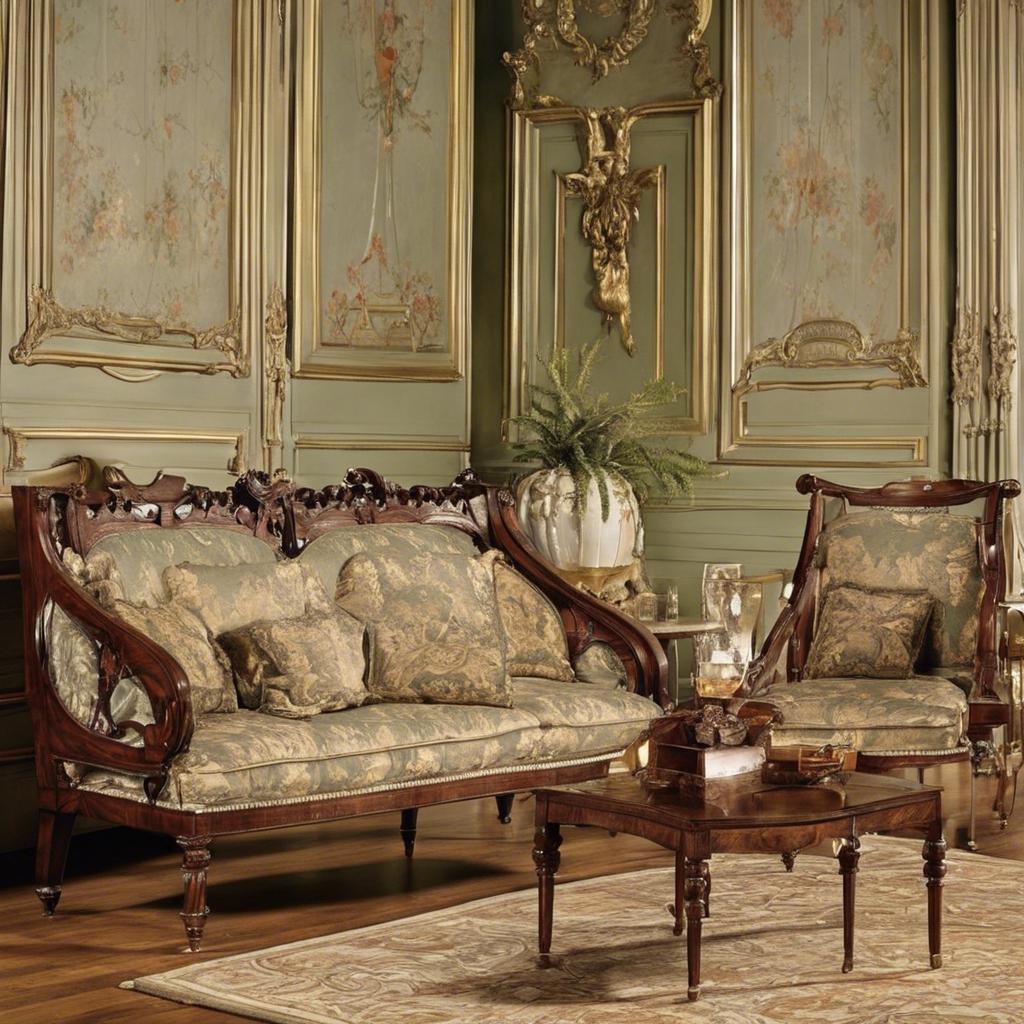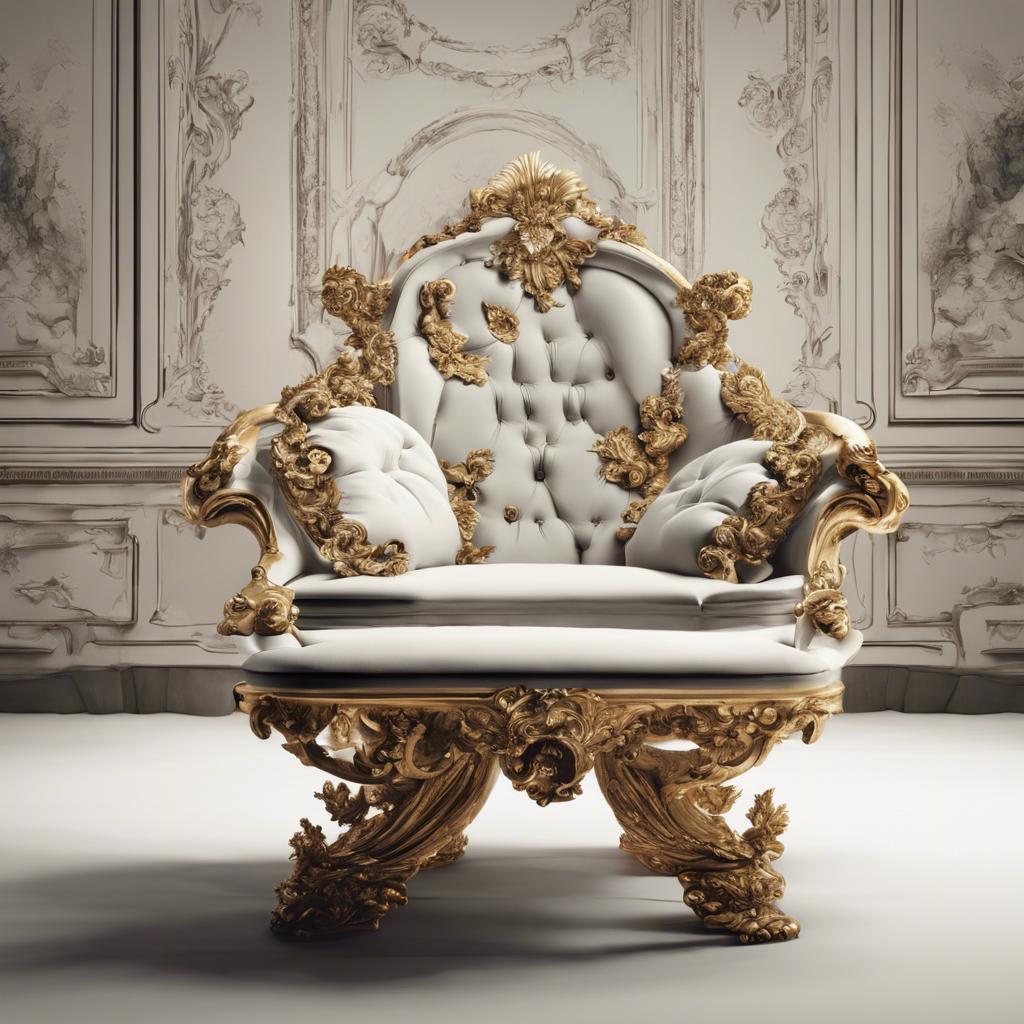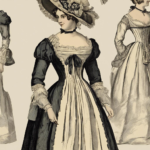During the Regency era in England, spanning from 1811 to 1820, the realm of furniture design underwent a significant transformation. Influenced by the elegant and refined tastes of the era’s namesake, the Prince Regent, regency era sims 4 cc”>regency era furniture exemplifies a harmonious blend of classical motifs, exotic materials, and exquisite craftsmanship. This article delves into the rich history and distinctive characteristics of regency era furniture, shedding light on its enduring appeal and enduring legacy in the world of interior design.
Step Into the World of Cheryl Bolen
Dive into the enchanting stories of love, intrigue, and elegance set in the Regency Era. Cheryl Bolen's novels offer timeless romance and captivating tales that will leave you wanting more.
Explore Cheryl Bolen's Books Now
Overview of Regency Era Furniture
In the Regency Era, furniture design was characterized by elegance, simplicity, and a touch of luxury. Regency furniture drew inspiration from classical Greek and Roman designs, featuring clean lines, geometric shapes, and intricate details. The use of high-quality materials such as mahogany, rosewood, and satinwood was common, reflecting the wealth and status of the upper classes.
Key features of Regency Era furniture included delicate brass inlays, ornate carvings, and striking veneers. Chairs were often designed with curved backs and upholstered seats for comfort, while tables and cabinets showcased elaborate legs and decorative motifs. The overall aesthetic of Regency furniture was refined and sophisticated, blending traditional craftsmanship with modern influences.
Popular pieces of Regency furniture included dining tables, writing desks, bookcases, and chaise lounges. These items were not only functional but also served as status symbols, showcasing the owner’s taste and style. As the Regency Era was a time of great social change and cultural innovation, furniture design reflected the dynamism and creativity of the period, creating a lasting legacy of elegance and sophistication.
Elegant Designs and Fine Craftsmanship
The Regency era, spanning from 1811 to 1820, was a time of elegance and sophistication in the world of furniture design. Characterized by classical motifs, refined proportions, and luxurious materials, Regency furniture exemplified the epitome of style and craftsmanship. Pieces from this period are highly sought after for their timeless beauty and exquisite detailing.
One of the key features of Regency era furniture is its emphasis on symmetry and balance. Designers during this time paid careful attention to the proportions of each piece, creating harmonious and visually pleasing arrangements. Intricate carvings, inlays, and marquetry were commonly used to enhance the overall aesthetic appeal, showcasing the skill and artistry of the craftsmen.
Notable characteristics of Regency era furniture:
- Elegant neoclassical forms
- Rich mahogany, walnut, and rosewood veneers
- Brass or ormolu mounts and accents
- Greek, Roman, and Egyptian influences
Popular Materials and Construction Techniques
During the Regency era, furniture was typically crafted using high-quality materials and intricate construction techniques. One popular material during this time was mahogany, known for its durability and rich, dark color. Mahogany was often used to create elegant pieces such as writing desks, dining tables, and chairs. Other popular materials included walnut, rosewood, and satinwood, each adding a unique touch to Regency furniture designs.
Craftsmen during the Regency era employed a variety of construction techniques to create beautiful and functional furniture pieces. One common technique was marquetry, where different types of wood veneers were inlaid to create intricate designs and patterns. Another technique was carving, which was used to add decorative elements to furniture such as chair backs, table legs, and cabinet doors. Additionally, furniture makers during this time also utilized upholstery to add comfort and style to seating pieces.
Regency era furniture often featured neoclassical design elements inspired by ancient Greek and Roman styles. This included clean lines, geometric shapes, and ornate details such as gilded accents, brass hardware, and delicate feet. Furniture pieces were typically elegant and refined, with a focus on symmetry and balance. The attention to detail and quality craftsmanship of Regency furniture continues to be admired and replicated in modern-day furniture design.
| Material | Construction Technique |
| Mahogany | Marquetry |
| Walnut | Carving |
| Rosewood | Upholstery |
| Satinwood |
Recommended Resources for Authentic Reproductions and Restoration Services
When it comes to authentic reproductions and restoration services for regency era furniture, look no further than these highly recommended resources:
Whether you’re looking to replicate the elegance of a Regency sofa or restore a vintage dining table to its former glory, these experts specialize in bringing back the beauty of this iconic period in furniture design:
- Antique Furniture Restoration Co. – With years of experience in restoring Regency era pieces, they use traditional techniques to ensure the historical integrity of each item.
- Regency Reproductions Ltd. – Known for their meticulous attention to detail, they create faithful reproductions of Regency furniture for those looking to add a touch of classic sophistication to their homes.
| Name | Specialization |
|---|---|
| Antique Furniture Restoration Co. | Restoration of Regency era furniture |
| Regency Reproductions Ltd. | Authentic reproductions of Regency furniture |
Closing Remarks
the Regency era marked a significant shift in the style and craftsmanship of furniture design, characterized by elegance, symmetry, and classical motifs. From elaborate upholstered chairs to delicate side tables, the Regency era furniture reflects the refined tastes and societal norms of its time. As we continue to appreciate and preserve these exquisite pieces, we are reminded of the enduring legacy of Regency era furniture and its lasting influence on interior design. Let us continue to admire and cherish these timeless creations as a testament to the artistry and sophistication of the past. Thank you for exploring the world of Regency era furniture with us.


